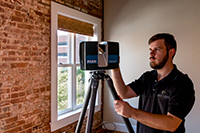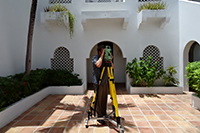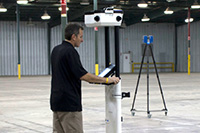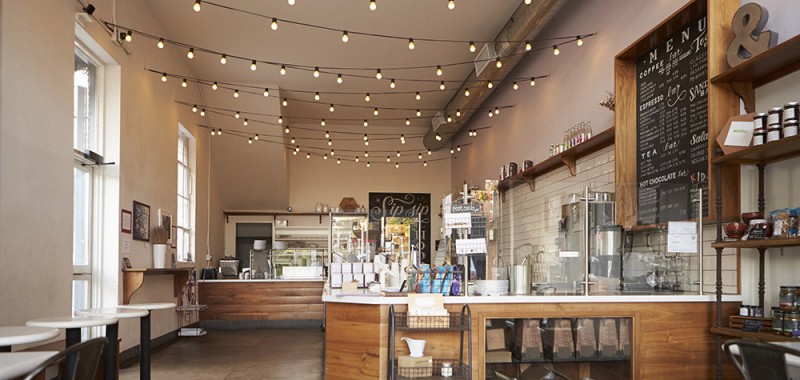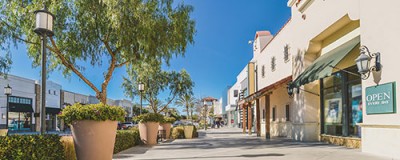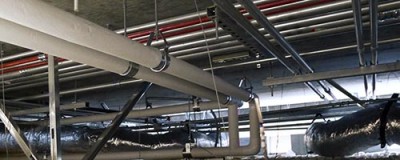While online shopping is increasingly popular, so is the need for personal interaction, product engagement, and welcoming environments.
Instead of shying away from technology, more and more stores are using it to their advantage. Friendly and knowledgeable employees are equipped with devices for mobile payments or quick product information. Monitors and tablets throughout the space suggest convenience and innovation. Even online brands are finding their place in the physical world with pop-up stores, which gives them the opportunity to incorporate their online presence into a hands-on experience. Also, becoming increasingly popular are hybrid shopping spaces – stores that blend retail with food and beverages, art and service.
